195 CD / Joseph Haydn: Klaviertrios und andere Werke
Description
The trademark of the Abegg Trio was always and still is creating music programmes and recordings with intelligence, in a guaranteed authentic manner. Their latest programme also bears witness to this: Joseph Haydn, played on historical instruments with catgut strings and old bows matching the time during which the works were composed, recorded in the Festival Hall of the Weimar City Palace (built between 1789 and 1803). The two natural horn players Wilhelm Bruns and Tilman Schaerf enrich the original programme with a Quintet for two horns and piano trio as well as a virtuoso Trio for natural horn, violin and violoncello.
6 reviews for 195 CD / Joseph Haydn: Klaviertrios und andere Werke
You must be logged in to post a review.
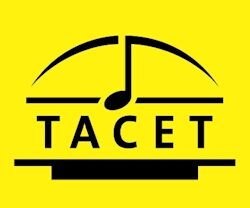
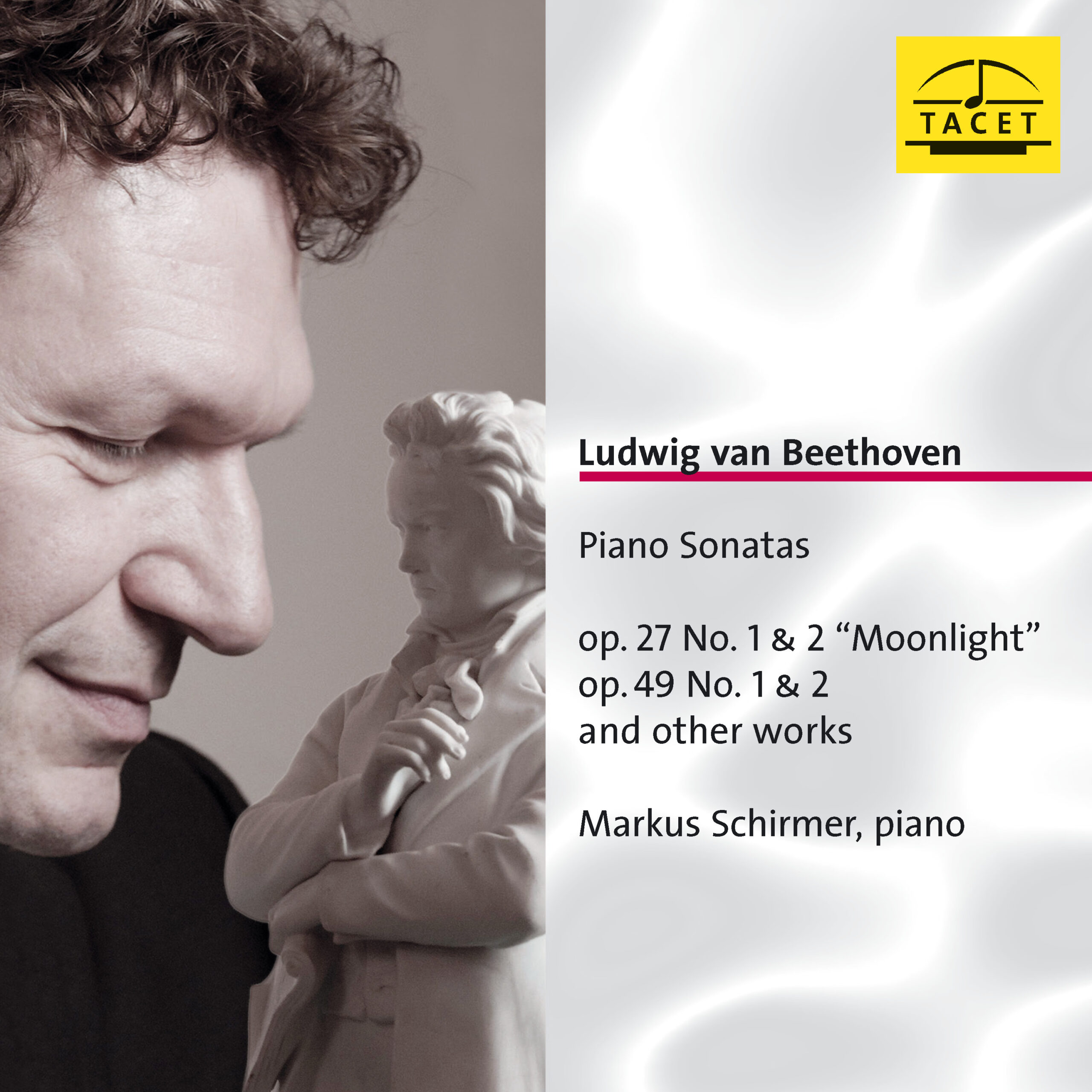
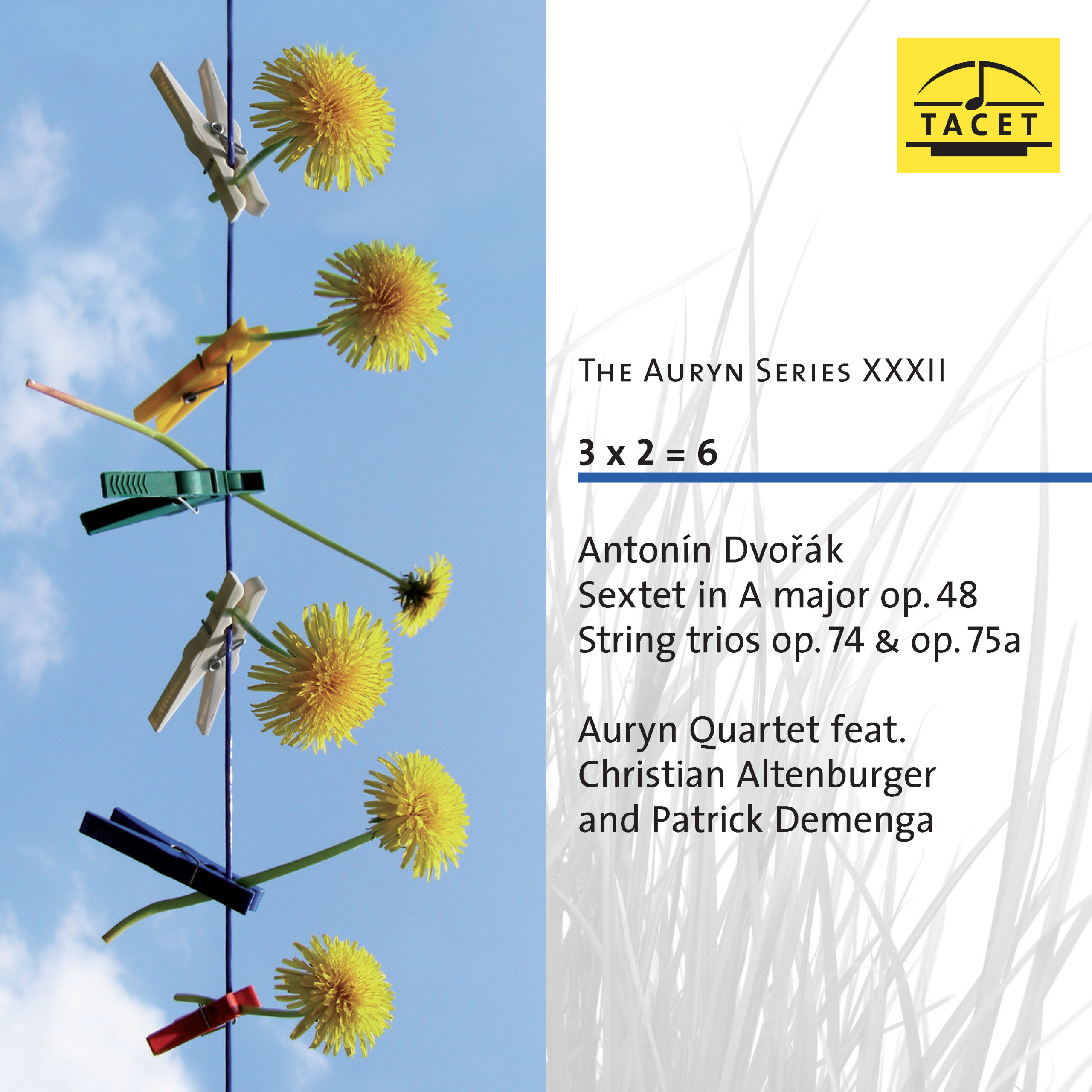
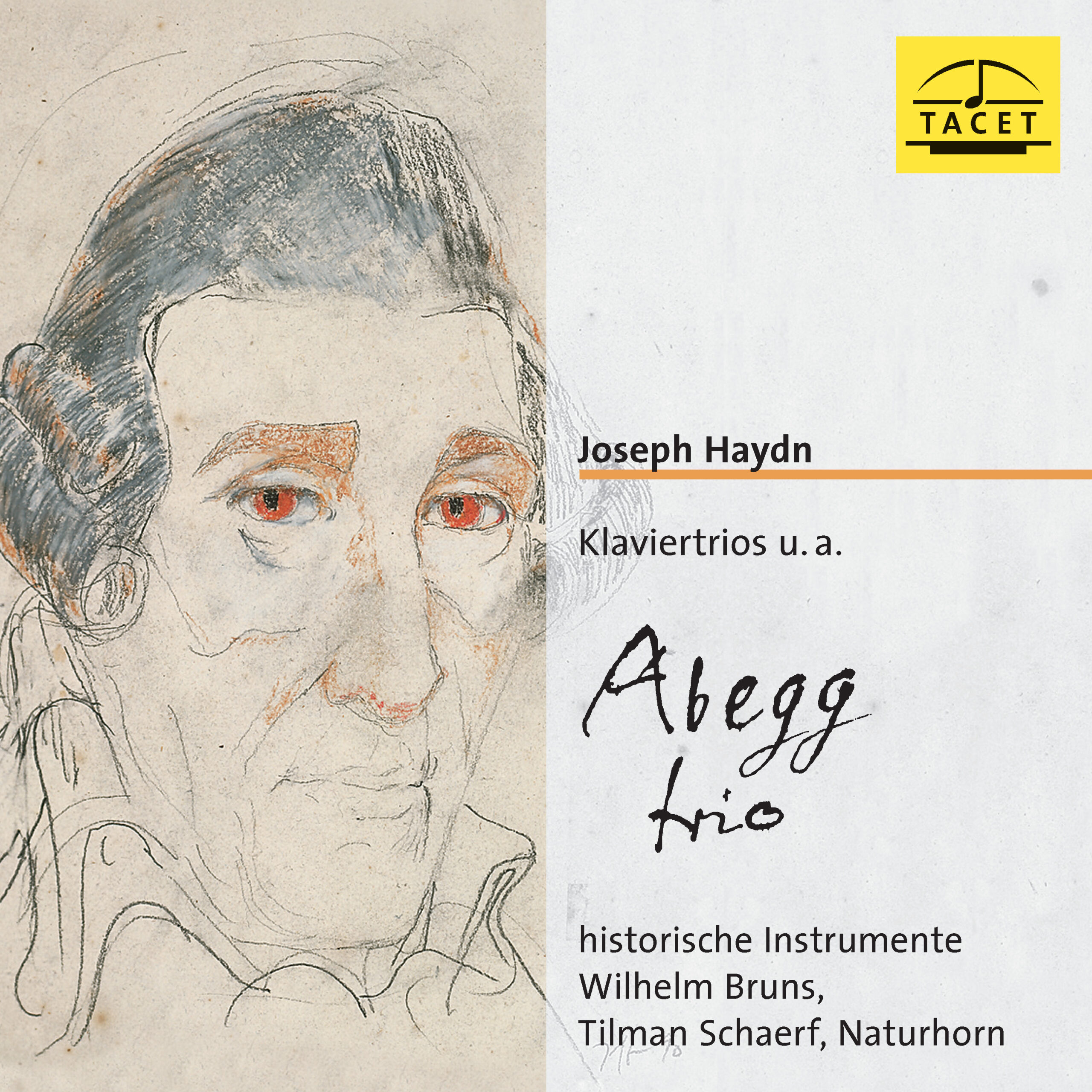
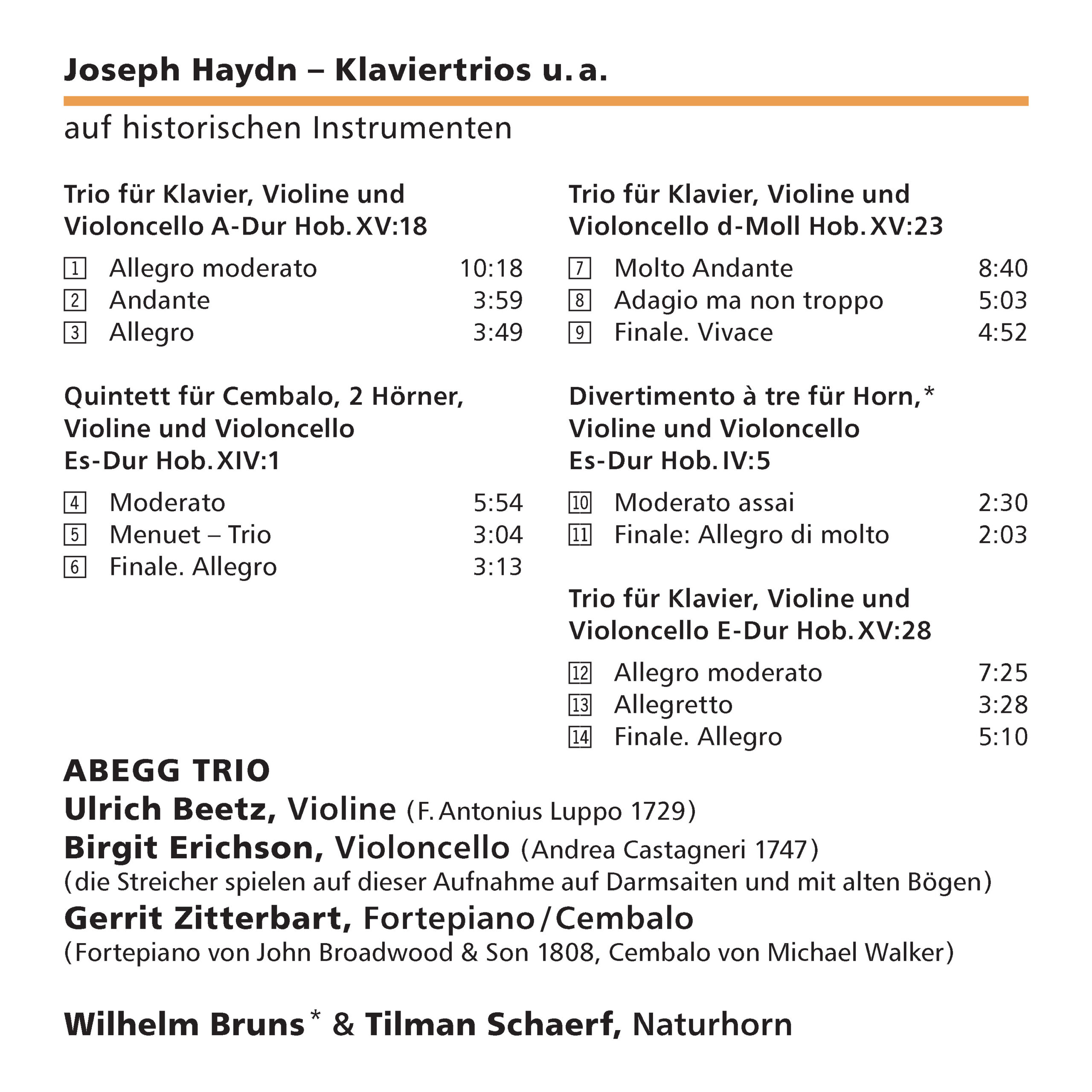

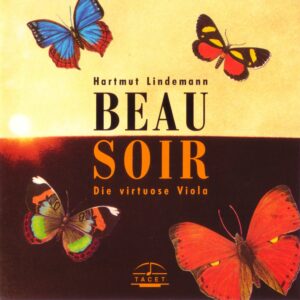
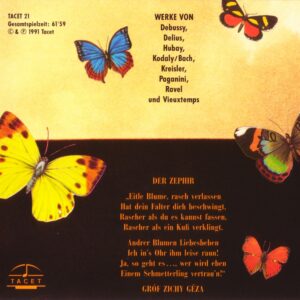
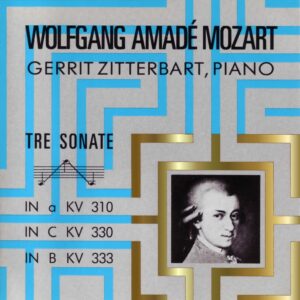
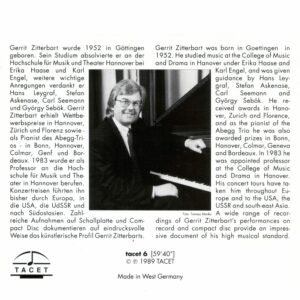
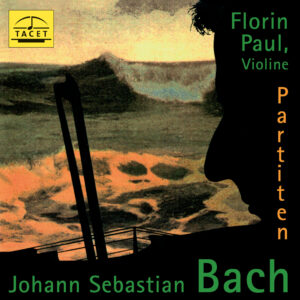
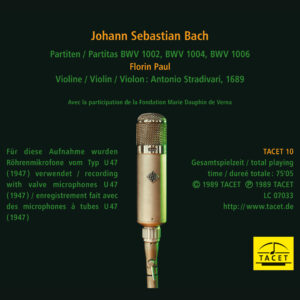
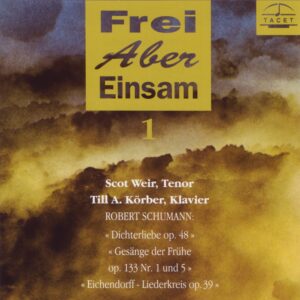
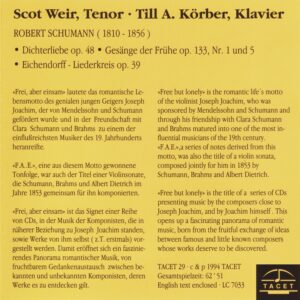
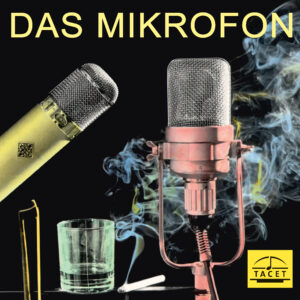
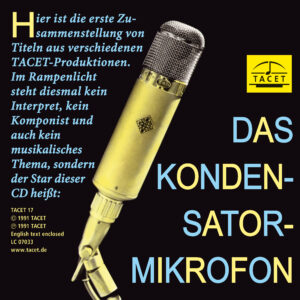
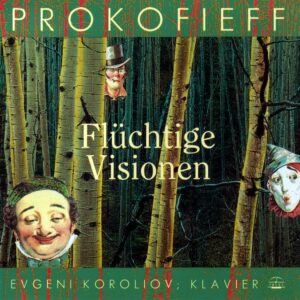
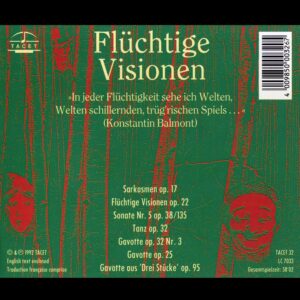
Audiophile Audition –
Think you know anything about Haydn’s Piano Trios? Try this on for size.
Viel von Haydns Kammermusik, abgesehen von den Streichquartetten, wird unfairerweise ignoriert; tatsächlich ist es beim Vergleich der Klaviertrios des Meisters von Esterházy mit denen von Mozart üblich anzunehmen, dass der Salzburger Junge in allen Bereichen die Nase vorn hatte. Aber wenn man die Musik auf dieser CD hört, werden diese Annahmen infrage gestellt, denn obwohl Haydn im Bereich der Klaviertrios viel produktiver war als Mozart und 45 Trio-Werke schrieb, die er immer noch „Sonaten“ nannte, sind seine Juwelen in diesem Genre gleichwertig mit allem, was Mozart geschrieben hat. Während die früheren Werke nicht mehr als klavierbegleitete Streichstücke zu sein scheinen, sind die späteren Werke, insbesondere die ab 1784, allgemein brillant und einige einfach spektakulär.
Mozart mag wunderbare Ideen haben, die sich leicht zu einfallsreichen Melodien entwickeln lassen, und Haydn hat diese Fähigkeit ebenfalls, wenn auch nicht so produktiv wie Mozart. Aber Haydn hat auch ein geniales Talent, aus wenig viel zu machen, wenn der biblische Vergleich passend ist; einige seiner Ideen scheinen wenig einfallsreich, bis er sie durch die Mangel nimmt und uns am Ende überzeugt, dass sie wertvoller sind, als wir es ursprünglich gedacht haben, einfach durch das Genie ihrer Verarbeitung. Die drei späten Trios hier, spät aber aus verschiedenen Perioden innerhalb des späten Rahmens, enthalten alle Spuren von „Wie macht er das?“, und die schiere Erfindungsgabe fesselt einen von Anfang bis Ende. Wenn du denkst, Haydns Trios seien minderwertig, dann schuldest du es dir selbst, diese CD zu hören.
Haydn was blessed with perhaps the finest horn players in all of Europe, and when he left Esterhazy’s service he never wrote such horn music again. Both the Quintet and the Trio (Divertimento) contain amazing music that tax the horn players to the last degree—how they did this on natural horn is as phenomenal today as it must have been then, even more so since most players move from valved horn to natural when entering the period instrument realm. And this music is as catchy as you could ever want.
As mentioned, this music is done on period instruments, though it is only relatively of late that the wonderful Abegg Trio, playing since 1976, moved into this realm, and it is not one they necessarily live in all the time. But their credentials are sterling and their playing all one could ask for, energetic, enthusiastic, and musically impeccable. Tacet gives them their typically diamond-sharp sound in a recording of great clarity and balance.
Steven Ritter
hifi & records –
Vor rund zehn Jahren nahm das Abegg Trio vier „späte“ Klaviertrios von Haydn auf. Die fast swingend, jedenfalls aber lebendig und gelöst klingenden Interpetationen sind noch immer jede Empfehlung wert (TACET 89). Schon damals war das 1976 gegründete Ensemble näher an der historischen Praxis als an einem „romantischen“ Interpretationsstil, doch heute ist es noch konsequenter: Ulrich Beetz und Birgit Erichson spielen mit Darmsaiten ausgerüstete Streichinstrumente aus dem 19. Jahrhundert inklusive historischer Bögen, und Gerrit Zitterbart nutzt ein Fortepiano von Broadwood. Dessen entscheidender Vorteil: Sein prägnanter, kurz angebundener Klang lässt mehr Raum für Geige und Cello. Darum kann Zitterbart die in den Trios angelegte Dominanz des Tasteninstruments voll ausspielen. Die Streicher brauchen trotzdem nicht um Lautstärke zu kämpfen. Die Musik atmet frei und entfaltet andere Farben – zartere und kräftigere. (…)
Heinz Gelking
Ensemble –
The somewhat rough tonal character of the historical instruments, including a fortepiano by John Broadwood & Son from 1808 and, of course, the obligatory gut-stringed strings, gives Haydn's fresh, light music an astonishing impact. The piano runs sound almost staccato, and the articulation of all involved, including the winds in the later Horn Quintet in E-flat Major Hob.XIV:1, is designed for special precision and clarity. The energetic expression of some fast movements is decisively contributed to by the fascinating pianist and harpsichordist Gerrit Zitterbart. The texture is also finely crafted in the divertimento with wind accompaniment.
Ernst Hoffmann
Fono Forum –
Homogen zu fünft – „Fono Forum Tipp“
Nobody can say that this Haydn program is run-of-the-mill. Alongside three classical piano trios, the new CD by the Abegg Trio also features a quintet for harpsichord, two horns, violin, and cello, as well as the E-flat major Divertimento for horn and two strings. The expertise and deep understanding of the performers are evident right from the opening movement of the A major trio (Hob. XV:18), where Haydn's apparent lightness is enriched with grim undertones in the development section. The Abegg Trio – with Gerrit Zitterbart playing on an 1808 Broadwood piano for this recording – always finds channels to convey their full range of expressive and imaginative prowess. An example is the Vivace in the D minor trio (Hob. XV:23), which, following two preceding slow movements, feels like a liberation. It brings a shift to a more cheerful mood, with the violin responding so eagerly that its highest notes sometimes take on a whistling quality. Wilhelm Bruns and Tilman Schaerf expand the trio to a quintet size, integrating seamlessly. From the very first Moderato measure, the five musicians exhibit an effortless cohesion, wisely avoiding any overly athletic striving. Here, Haydn's coziness doesn't settle into complacency but instead proves fitting in its robust articulation. However, why this robustness is abandoned in favor of greater tameness in the E major trio (Hob. XV:28), especially in the bass lines of the finale, remains questionable.
Christoph Vratz
Klassik heute –
Even beyond the famous series of symphonies and string quartets, Joseph Haydn's oeuvre contains precious treasures.
Three of these late trios have been recorded by the musicians of the Abegg Trio, founded in 1976 and playing in the same lineup for 35 years, in the White Hall of the Weimar Castle for the TACET label. They use historical instruments: violinist Ulrich Beetz and cellist Birgit Erichson play on 18th-century Italian instruments with gut strings, using old bows, with the violin occasionally sounding somewhat sharp. Pianist Gerrit Zitterbart had a Broadwood fortepiano from 1808 at his disposal, whose percussive tone shapes the sound of the very lively recording, emphasizing the individual character of each movement. Between the piano trios, two divertimenti are performed, which Haydn wrote about thirty years earlier for the musicians of the Esterházy court orchestra. The orchestra had excellent horn players, whose abilities were particularly highlighted by these pieces. The Trio per il Corno da caccia in E-flat major places the valveless natural horn with virtuosic figures on an equal footing with the violin and cello. Wilhelm Bruns, principal hornist of the Mannheim National Theatre, masterfully handles the exposed part. In the quintet, two horns are set against the keyboard instrument, supported by violin and cello. Here, Zitterbart switches from the fortepiano to a harpsichord, which he plays with equal skill, while the horns contribute predominantly fanfare-like material, providing the sonic foundation. The ensemble, joined here by Tilman Schaerf, another member of the German Natural Horn Soloists, successfully establishes the delicate sound balance between the disparate instruments – thanks in no small part to the excellent recording by Andreas Spreer.
Sixtus König
klassik.com –
--> original review
The musicians do not primarily aim for a sonically homogeneous blend of the voices, but rather for an expressive shaping of the movement. Each voice is rendered with dynamic nuance, articulatory precision, and tonal individuality, which is further enhanced by the use of historical instruments, resulting in a highly expressive performance.